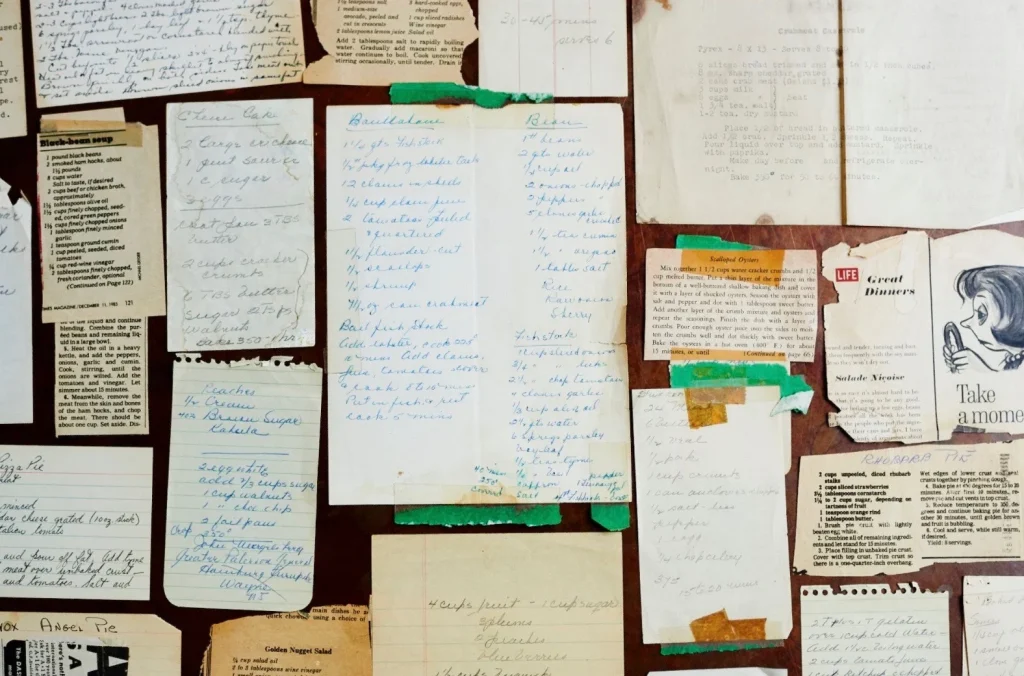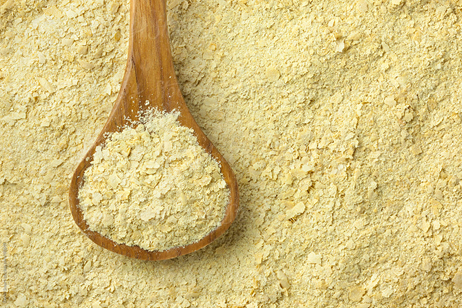How Do You Preserve Handwritten Recipes in a Personal Recipe Book?

In today’s digital era, handwritten recipes exude timeless charm. These cherished recipes embody rich family traditions and heartfelt memories. Fragile yet invaluable, they deserve careful preservation. A beautifully crafted personal recipe book ensures these treasures endure forever.
Why Handwritten Recipes Hold Special Value
Handwritten recipes radiate warmth and sentimental value. They’re more than instructions; they’re family heirlooms. The faded ink and flour-streaked pages evoke nostalgic emotions. Each recipe whispers stories of love and tradition.
These precious keepsakes connect us to our roots. They transport us to grandmother’s kitchen or festive family dinners. By choosing to make your cookbook, you preserve love and legacy for future generations.
Steps to Preserve Handwritten Recipes in a Personal Recipe Book
Creating a personal recipe book is a fulfilling, delightful journey. Let’s explore how to start:
1. Collect All Your Recipes
Gather every treasured recipe hidden at home. Search through cookbooks, boxes, and letters. Ask relatives for their prized recipes.
2. Organize and Categorize
Sort recipes into clear, neat categories. Use themes like desserts, appetizers, or festive meals. Organized sections create a seamless reading experience.
3. Digitize for Preservation
Scanning ensures recipes remain safe and accessible. Clear photographs capture intricate handwritten details. Digital backups safeguard against loss or damage.
4. Transcribe and Edit
Transcribe recipes for better clarity and readability. Adjust faded words or smudged letters with care. Modernize instructions without altering their essence.
5. Add a Personal Touch
Enhance your book with vibrant anecdotes and memories. Include heartfelt notes, special moments, or family jokes. These elements enrich every page with personality.
6. Choose a Format
Decide between printed, digital, or handwritten styles. Printed books exude elegance, while handwritten ones feel nostalgic. A hybrid approach offers the best of both worlds.
Creative Ideas to Enhance Your Personal Recipe Book
Personal touches elevate your cookbook into an artistic masterpiece. Here are inspiring ideas:
1. Themed Sections
Craft sections for holidays, seasons, or cultural cuisines. Themed chapters make your cookbook lively and engaging.
2. Recipe Origins
Share the story behind each recipe. Who created it? Was it for celebrations or daily meals? These tales add depth and historical significance.
3. Custom Artwork and Calligraphy
Adorn pages with intricate illustrations and elegant calligraphy. Artistic flourishes enhance your book’s visual appeal.
4. Incorporate Family Photos
Pair recipes with nostalgic family photographs. Pictures bring dishes and memories vividly to life.
5. Space for Future Contributions
Leave blank pages for new recipes and stories. Your book evolves as a living, breathing family heirloom.
Benefits of a Personal Recipe Book
A personal recipe book is more than a collection. It’s a treasure trove of memories and connections. Here are its unique benefits:
1. Strengthening Family Bonds
Creating a recipe book fosters collaboration. Cooking together strengthens relationships and builds lasting memories.
2. Cultural Preservation
Preserve traditional recipes and heritage with pride. Pass down the essence of your culture to future generations.
3. Practical Reference
An organized cookbook serves as a handy kitchen guide. Quickly find recipes for everyday meals or special occasions.
4. Unique Gift
A custom cookbook makes a heartfelt, meaningful gift. Share it during weddings, anniversaries, or family celebrations.
Tips for Long-Term Preservation
Safeguard your recipe book with these essential tips:
Use High-Quality Materials: Choose durable paper and archival-quality pens. Strong bindings ensure longevity.
Store Properly: Protect your book from sunlight, moisture, and dust. Safe storage prevents deterioration.
Update Regularly: Add new recipes and memories frequently. Keep the book dynamic and relevant.
Share Copies: Print and share copies with family members. Duplicate versions ensure nothing is ever lost.
Conclusion
Preserving handwritten recipes in a personal recipe book is a heartfelt endeavor. It’s an act of love that honors culinary traditions. By taking the time to make your cookbook, you’re safeguarding history and creating a family legacy.
A personal recipe book bridges generations with flavors and stories. It celebrates your family’s unique journey through food. Begin crafting your masterpiece today. Let your family’s recipes inspire joy for years to come.
Author: Aneel is a passionate cook and food writer, and has contributed to numerous food blogs and magazines. Visit www.heirloomproject.co





